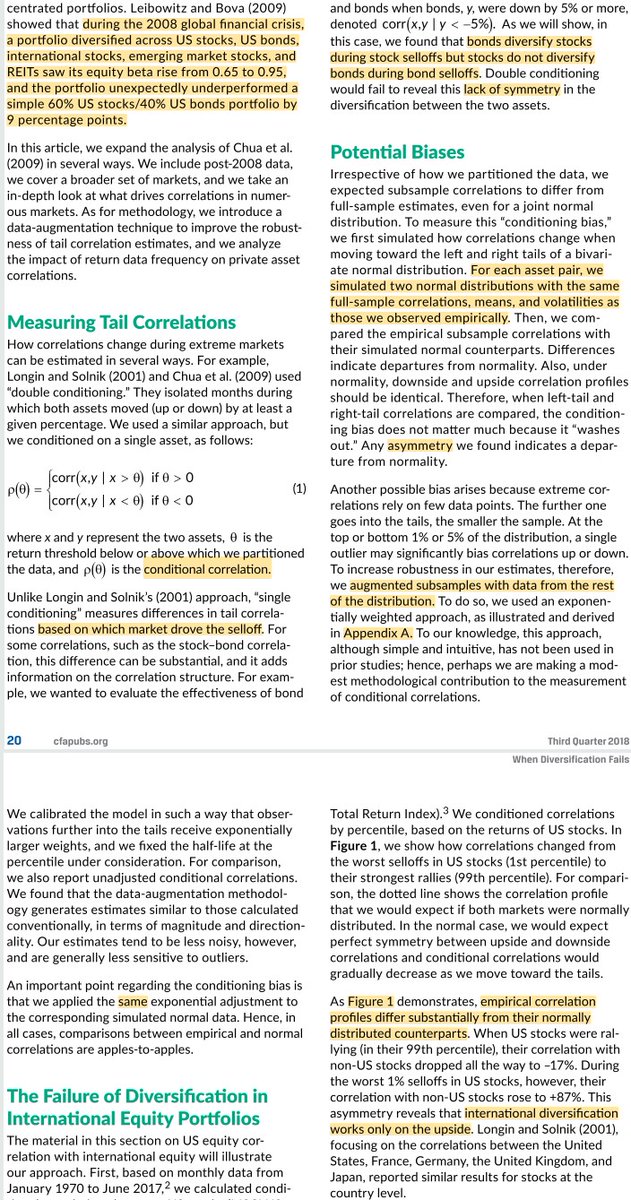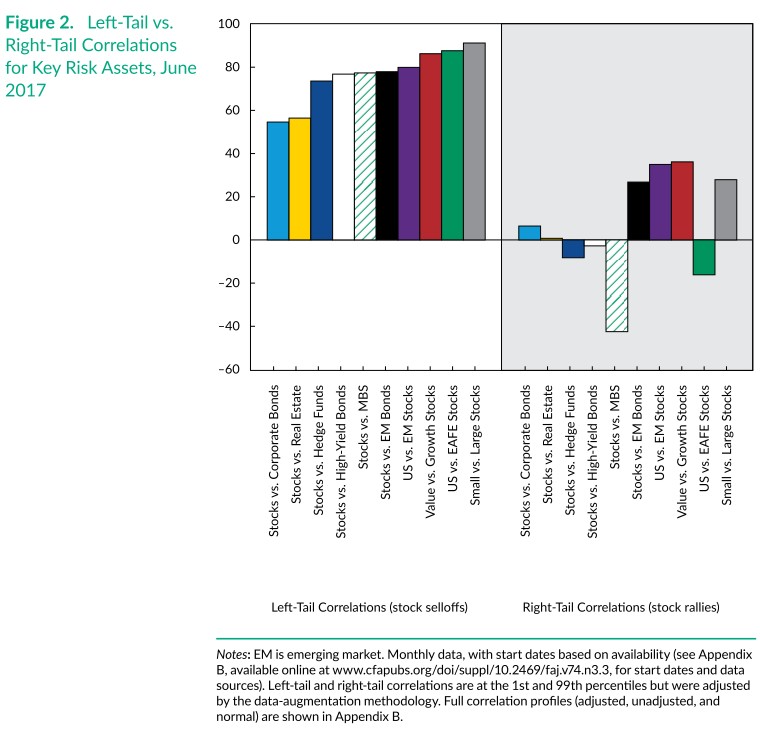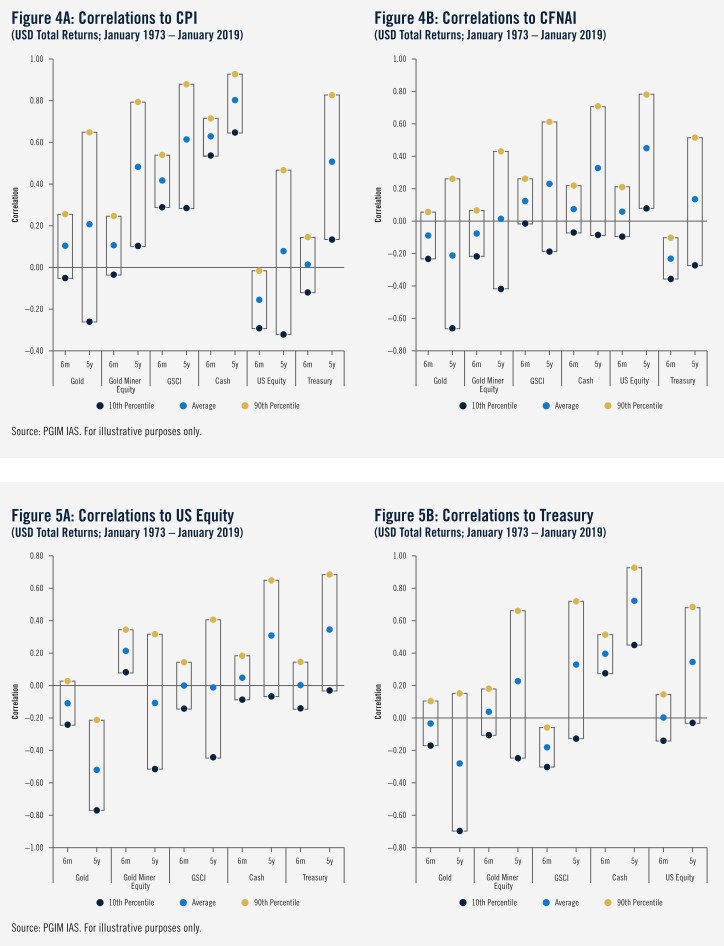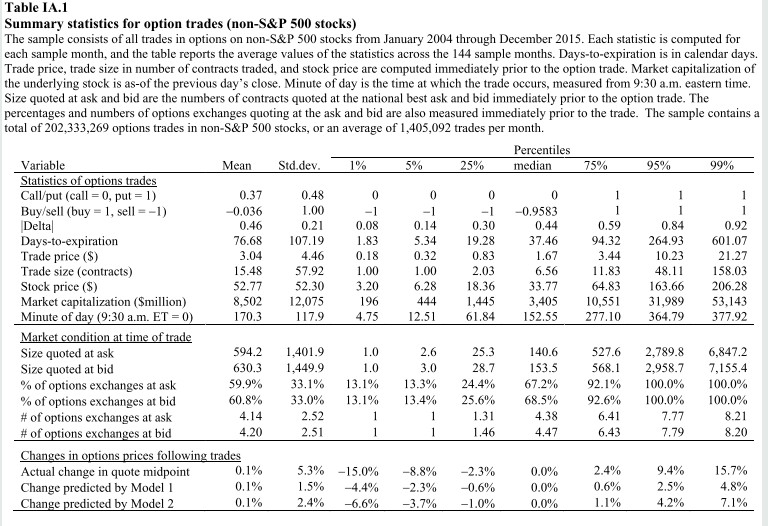
1/ What Happens with More Funds than Stocks? (Madhavan, Sobczyk, Ang)
"Funds differ meaningfully in terms of individual stock holdings, and we examine the factor exposures of the typical fund and the cross section of holdings of different funds."
papers.ssrn.com/sol3/papers.cf…
"Funds differ meaningfully in terms of individual stock holdings, and we examine the factor exposures of the typical fund and the cross section of holdings of different funds."
papers.ssrn.com/sol3/papers.cf…

2/ * Data on fund holdings are from Morningstar
* Sample: Jan. 1, 2007 to Dec. 31, 2018
* Only funds with at least 80% of holdings from the Russell 3000 universe are considered
* Mean AUM-weighted expense ratio for mutual funds (ETFs) is 70 bps (14.2 bps) as of Q4 2018


* Sample: Jan. 1, 2007 to Dec. 31, 2018
* Only funds with at least 80% of holdings from the Russell 3000 universe are considered
* Mean AUM-weighted expense ratio for mutual funds (ETFs) is 70 bps (14.2 bps) as of Q4 2018
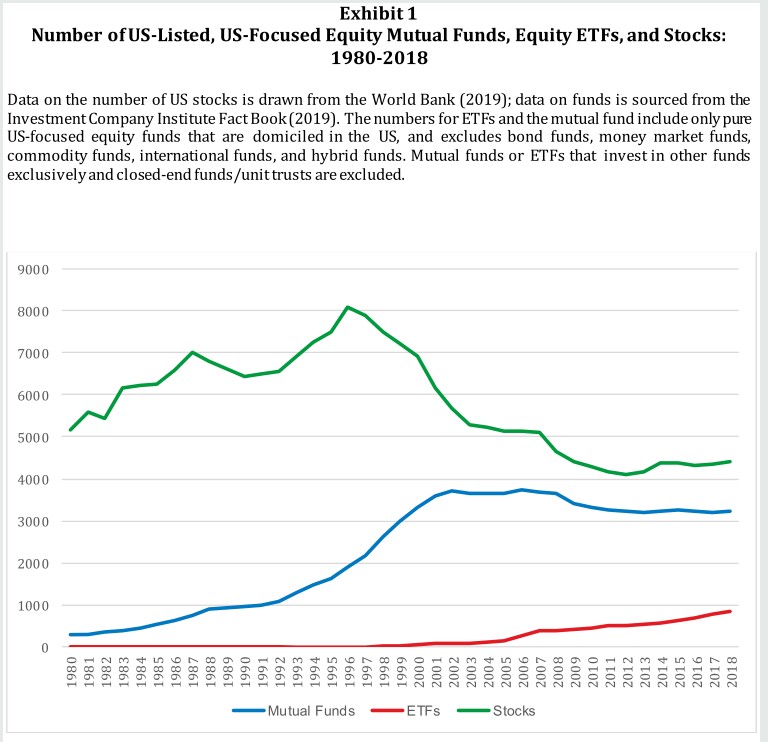


3/ "The holdings of ETFs and active mutual funds across U.S. stocks can be efficiently summarized by approximately 10 canonical funds.
"There is more commonality explained by the first few canonical funds for active mutual funds than for ETFs."

"There is more commonality explained by the first few canonical funds for active mutual funds than for ETFs."


4/ "Commonality among equity mutual funds has remained approximately constant, but there has been increased dispersion in ETF offerings.
"We see no apparent rise in concentration or crowding for mutual funds over the period from January 2007 to December 2018."


"We see no apparent rise in concentration or crowding for mutual funds over the period from January 2007 to December 2018."



5/ "We examine commonality in active mutual funds in Morningstar style box categories. While Value and Blend commonality has remained roughly constant over the period 2007-2018, Growth funds have exhibited a marked increase in crowded positions." 

6/ "Crowding is greater in factors than in individual stocks for both active mutual funds and ETFs. Factor crowding has remained relatively constant over the period examined." 



7/ "The first archetypal “fund” that approximates the whole active fund universe is a market-cap index.
"The second most important is value-growth exposure.
"For ETFs, unlike active funds, the second degree of differentiation reflects both value-growth and sector exposures."


"The second most important is value-growth exposure.
"For ETFs, unlike active funds, the second degree of differentiation reflects both value-growth and sector exposures."



8/ "Overall, the first approximation of the stocks held by funds is that the stocks tend to be large growth stocks. In an additional second approximation, funds tend to hold stocks that are smaller with higher volatilities." 



9/ "Price discovery of underlying stocks in the S&P 500 can occur through ETFs or through trades of the stocks themselves—but this has only been the case since 2015. Before then, there were fewer listed ETFs that held S&P 500 stocks compared to number of stocks in index itself." 


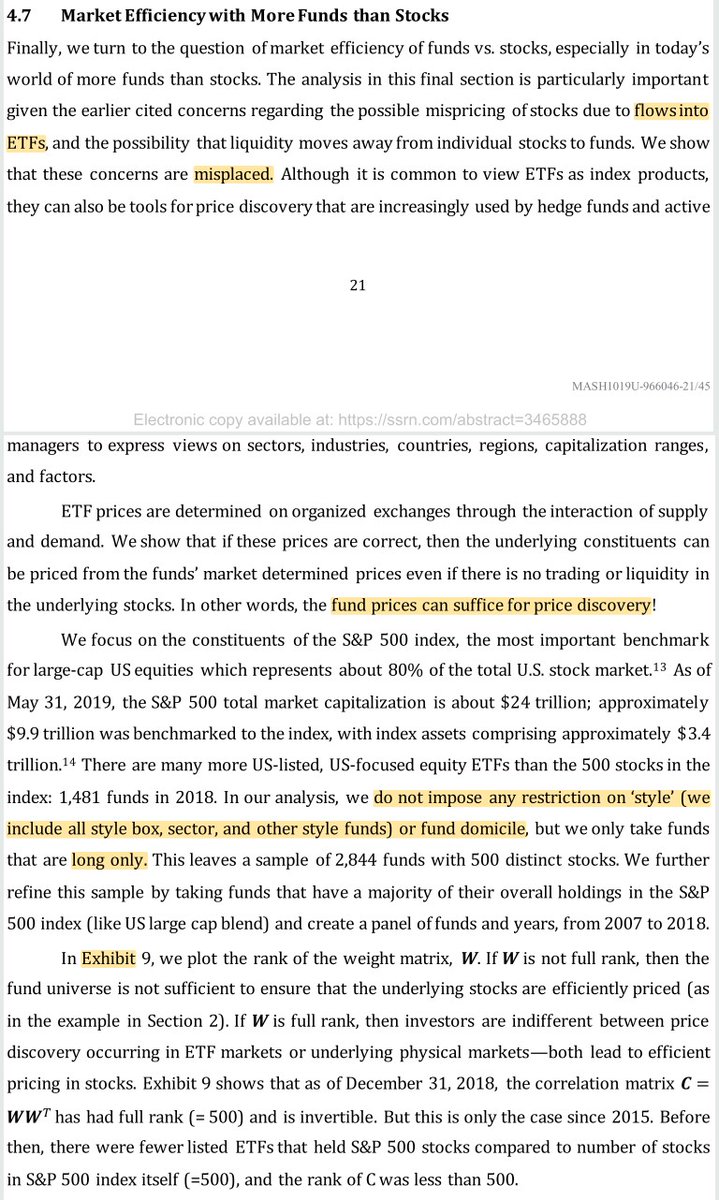
• • •
Missing some Tweet in this thread? You can try to
force a refresh



